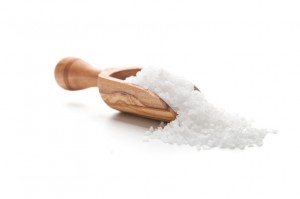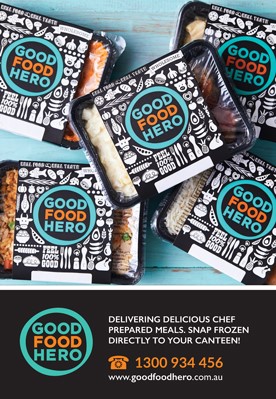Sodium/Salt
Most Australians, including children, eat more salt than we should. Some salt in our diets is essential for good health, but the amount we need is very small. The average Australian adult consumes 1.6 teaspoons (9g) of salt per day but only needs around 1g, with children requiring even less.
What is it?
Salt is a mineral formed from the two elements sodium and chloride. Salt is commonly added to food to improve the taste but is also used in food preservation. There are many types of salt – table salt, sea salt, rock salt and salt flakes to name a few.
What does it do?
The sodium in salt is an essential mineral for controlling water levels in the body. It is also needed for nerve and muscle function. However, too much salt can contribute to high blood pressure, which is a risk factor for heart disease. Eating salty foods during childhood can produce high blood pressure that progressively worsens with age.
What are the biggest contributors to salt intake in kid’s diets?
Bread, breakfast cereal, soup and cheese are all significant sources of salt. However, these foods also provide essential nutrients so should not be excluded entirely from your family’s diet. Processed meats, snack foods and many takeaway foods are often laden with salt and offer far less nutritional value, so aim to cut back on them. Here are some foods that commonly contain salt:
- Bread
- Breakfast cereal
- Snack foods – seasoned crackers/biscuits, chips, Salted nuts
- Bottled sauces
- Take away foods and microwave meals
- Savoury snack foods
- Luncheon meats
- Vegemite sandwiches
- Processed cheese sticks
- Meat pies
- Sausage rolls
- Instant noodles
- Packet / canned soups
- Crisps, savoury snack foods
- Chicken nuggets
- Salted nuts
- Flavoured popcorn
- Chips
- Fast food
How to reduce salt in your family’s diet:
• Prepare meals using fresh, unprocessed foods such as fruit and vegetables, fresh meat, fish and poultry.
• Choose reduced-salt varieties of your favourite foods. Where possible, select foods that contain less than 120mg sodium per 100g and avoid those that contain more than 600mg sodium/100g.
• Cut back on your family’s intake of packaged snack foods. Limit to once per week or on special occasions. Choose snacks such as fresh fruit, reduced fat yoghurt and custard, unsalted nuts or popcorn, or vegetable sticks with homemade dip instead.
• Avoid adding salt to your cooking and remove the salt shaker from the dinner table. Use lemon juice, garlic, vinegar, herbs and spices to flavour food instead.
• Cut back on take away and fast foods as they are generally high in salt.
• Use gravy, soy sauce, stock cubes, bottled sauces and marinades sparingly.
Note: your taste buds adapt to lower salt foods within a few weeks.







